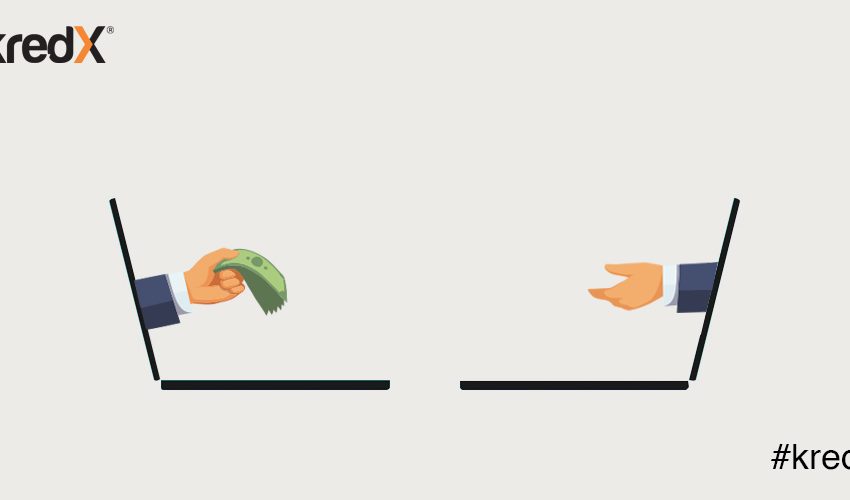
Revolutionising the Financial Market through Digital Lending
Digitisation is slowly emerging as a commendatory tool for expanding the customer base and financial portfolios.
The concept of digital lending is gaining traction amongst players who lend instant loans to individuals. The unprecedented advent of Fintech companies envisaged achieving this digital transformation.
Traditional banking was lagging in terms of simplifying the procedure, beginning from the submission of the loan application to the final disbursement of the fund. Digital lenders sensed an excellent opportunity to bring down the time and the ubiquitous paperwork.
Consumers have greatly benefited from digital lenders who have eased the securing of instant funds through a hassle-free experience and enabled them to leverage data heavily to automate the underwriting of loans.
Flourishing Digital Lending Space
RBI augmented the digital lending space by promoting technology through fin-tech or P2P lenders. The exponential growth in the digital lending space is attributed to enabling the policy of e-KYC wherein users can verify demographic details and other relevant information. The fintech companies making use of the facility increased the customer base by several folds.
The implementation of the Aadhar card as a one-point verification helped to fulfill regulatory requirements like evaluating individual credit risk. As these processes were swiftly possible, onboarding the customers needed no extra effort.
The current digitised platforms are exceptional with a seamless experience and are completely data-driven giving little room for errors.
Redefining Traditional Banking
Customers are attracted to digital lending mainly because of its speed, timeliness and accuracy. Traditional banks and NBFCs’ strict guidelines often discourage individuals who are desperate for instant loans. The instructions include a minimum loan amount of one lakh, a minimum salary of Rs 30,000/- and a sizable credit score. The procedures had an adverse impact on SME finance too.
Despite the high-interest rates, customers have turned a blind eye as the instructions for digital lending are simple and fast.
Traditional banking only approves 25-40 percent of loan applications, and digital lending has emerged as a winner in reducing this hiatus with access to customer data like transaction behaviour, app-based data, location information, social data and others. It is estimated that new lending models are pointing to an increase in loan approval by an additional 10–15 percent which is a tremendous market opportunity.
According to the Boston Consulting Group, India’s digital lending market represents a $1 trillion opportunity in the next five years. Digital lending currently contributes to 23 percent of the overall lending market in India which will shoot up to 48 percent by 2023.
Going the right way
A welcome relief for digital lending has been through RBI and continuous backing from the Government of India towards digitisation through UPI, demonetisation, India Stack and the introduction of GST.
The costs are lower for digital lending as the physicality is non-existent and every other process happens online. Similarly, in the realm of secure data management, understanding virtual data room pricing. Additionally, digital lending has made great strides in increasing the customer base along with their loan portfolios.
One of the most ignored segments by the traditional banking system is the MSMEs. The deficit is estimated to be approximately $230 B, and the gaps are closed by digital lending. According to the Omidyar-BCG report, it is estimated that by 2023, MSME digital lending has the potential to increase between 10 and 15-fold to reach Rs 6-7 lakh crore in annual disbursements, creating an ocean of opportunity for both traditional lenders and digital start-ups.
Subsequently, it’s all set, in the ensuing days digital lending space will invite more innovative offerings and drive success.



